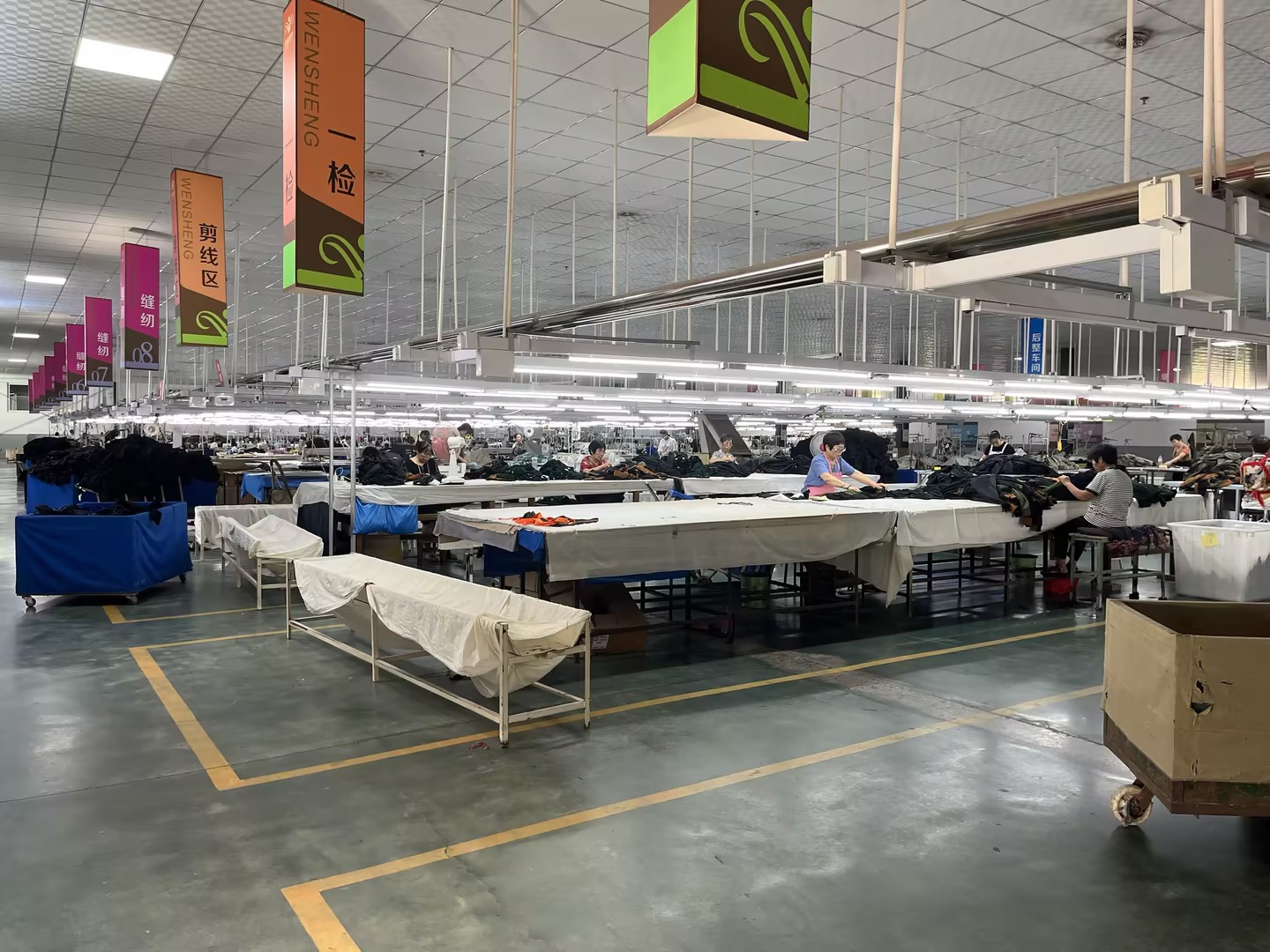How steam generators are used in sizing mills
Sizing is the process of adding warp sizing agents to warp yarns to improve their spinnability. “Fabric performance refers to the ability of the warp yarn to withstand repeated friction on the loom, as well as the tension and bending force of the block, heald and reed, without problems such as fluffing or even breaking. After heating and sizing using a biomass steam generator , some of the sizing material will penetrate between the fibers, while the other part will adhere to the surface of the warp yarns. Sizing that mainly involves the penetration of the size between the fibers is called penetrating sizing, while a sizing that mainly involves the adhesion of the size to the surface of the warp yarns is called Called coating sizing.
In fact, steam is an indispensable auxiliary production heat source in the process of dyeing and finishing, drying, sheeting, sizing, printing and dyeing, and setting in textile factories. We all have some knowledge of the craft of a textile mill, but may not be familiar with sizing. The sizing process in textile mills is the same as the printing and dyeing process in printing and dyeing mills, and both are crucial. Therefore, most textile companies will choose to use steam generators to ensure the product quality of textile production.
The main equipment used for sizing in textile mills also uses steam generators to generate high-temperature steam for sizing, and a large amount of steam is required in the sizing process. The steam generator has the characteristics of high fuel utilization rate, high operating efficiency, high steam quality and low emission of harmful substances, and has become a popular steam equipment in many textile factories. The steam generator generates steam within 5 seconds with high steam quality and thermal efficiency. Intelligent temperature and pressure control effectively improves product quality in textile mills. Improving the quality and productivity of producing textiles can also reduce operating costs and meet environmental requirements.
